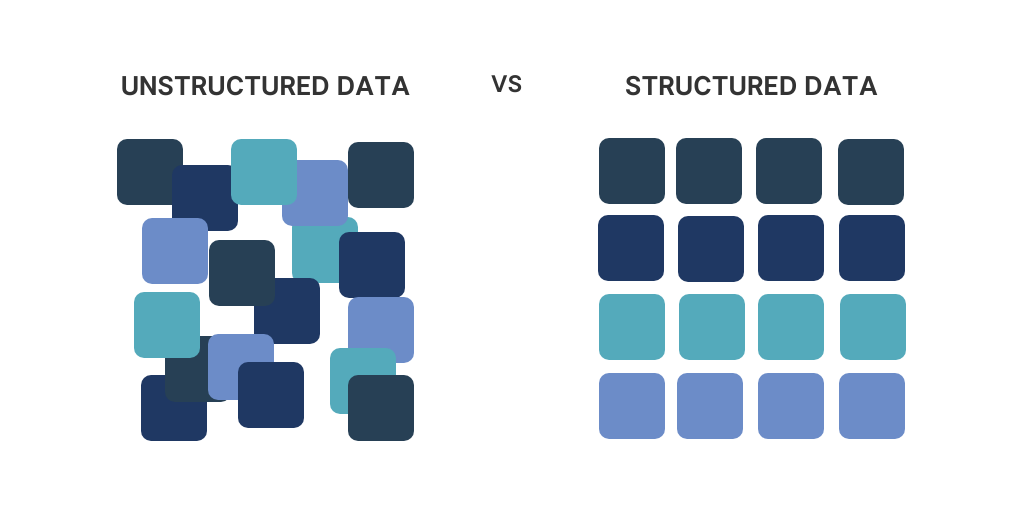SEO, or Search Engine Optimization, is important for your content to be discoverable by search engines. There are various aspects that need to be taken care of for an effective SEO strategy. Category and tags is one among them.
In this wordpress SEO guide, we will talk in detail about categories and Tags in WordPress and practices for organizing your content with categories and tags for better SEO ranking. Let’s get started!
Understanding Categories and Tags in WordPress
Before we dive deeper into the best practices, let’s understand first the difference between categories and tags in WordPress.
Categories are like big buckets that help organize your content into main topics. Tags, on the other hand, are more like the detailed labels or keywords attached to individual posts. For example, within the “Recipes” category, you could use tags like “Vegetarian,” “Gluten-Free,” or “Desserts” to highlight specific attributes of each recipe.
Choosing Relevant Categories
Selecting appropriate categories is the foundation of a well-organized website. When deciding on categories, consider your site’s main themes and the types of content you produce. Aim for a balance between specificity and breadth to create a logical hierarchy. For instance, if you run a food blog, your categories could include “Recipes,” “Restaurant Reviews,” and “Cooking Tips.”
Utilizing Keyword-Rich Category Names
Incorporate relevant keywords into your category names to optimize your content for search engines. This practice reinforces the connection between your content and the topics you want to rank for.
Limiting the Number of Categories
While categories provide structure, an excessive number can confuse both visitors and search engines. Aim for a manageable number of categories – typically between 5 to 10 – to prevent overwhelming your audience. Fewer categories also allow you to focus your SEO efforts more effectively.
Creating Engaging Category Descriptions
Craft compelling category descriptions that not only inform visitors about the content they can expect but also integrate relevant keywords. This strategy enhances the category’s SEO value and encourages users to explore further. For instance, a photography blog might describe its “Landscape Photography” category with captivating details about capturing natural beauty.
Tags: Enhancing Content Precision
Tags offer an additional layer of organization by providing specific details about your content. Unlike categories, tags are not hierarchical, allowing you to highlight keywords that might not warrant a separate category. For example, a fashion blog could tag posts with “Summer Fashion Trends,” “Accessory Styling,” and “Formal Wear.”
Employing Long-Tail Keywords as Tags
Incorporate long-tail keywords as tags to target niche audiences and improve your SEO for specific queries. Long-tail keywords are longer and more specific phrases that reflect user intent. By utilizing them as tags, you can attract users who are searching for precisely the content you offer. For instance, a fitness blog might use tags like “Low-Carb Meal Plans” or “High-Intensity Interval Training.”
Maintaining Consistency Across Tags
Maintaining consistency is really important when it comes to using tags.Overuse of tags, can create repetitive tags in your website and ultimately create confusion for users. It’s advisable to have a clear set of guidelines for tag usage to prevent variations of the same keyword or the use of irrelevant tags. This practice ensures that tags remain effective in guiding users to related content.
Implementing a Tag Cloud Wisely
Tag clouds visually display your most frequently used tags, providing users with quick access to popular topics. However, an excessively cluttered tag cloud can harm user experience and SEO. Choose a balanced approach, displaying a reasonable number of tags based on their relevance and popularity.
Optimizing SEO with Categories and Tags
Optimizing SEO using categories and Tags is a smart approach, let’s explore how to leverage them for maximum SEO impact.
Enhancing Internal Linking
Categories and tags offer excellent opportunities for internal linking – a crucial SEO practice. Internal links guide both users and search engine crawlers through your website, establishing connections between related content. By linking between posts within the same category or with similar tags, you create a web of interconnected content that aids in indexing and ranking.
Creating SEO-Friendly URLs
When WordPress generates URLs for your posts, it often includes the category and tag information. This can lead to long and convoluted URLs that are neither user-friendly nor SEO-friendly. Modify your permalink settings to create shorter, descriptive URLs that include the post title and relevant keywords, omitting unnecessary category and tag information.
Optimizing Meta Titles and Descriptions
The meta title and description are crucial for on-page SEO and can significantly impact click-through rates from search engine results. Incorporate your chosen keyword, “Categories and Tags in WordPress,” into the meta title and description of relevant category and tag archive pages to enhance their visibility in search results.
Implementing Schema Markup
Schema markup, also known as structured data, provides search engines with additional context about your content. Utilize schema markup on category and tag archive pages to help search engines understand the relationships between different topics and improve the chances of your content being displayed in rich search results.
Avoiding Duplicate Content Issues
Categories and tags can sometimes lead to duplicate content issues if not managed properly. Use canonical URLs to indicate the preferred version of a page when multiple pages share similar content. This practice helps search engines identify the original source and prevents ranking dilution.
Regularly Reviewing and Updating Categories and Tags
As your website evolves, so does your content. Regularly review and update your categories and tags to reflect new trends, shifts in focus, or changes in user behavior. Removing obsolete or rarely used categories and tags maintains a clean, organized structure that aligns with your current content strategy.
Increasing User Experience With Categories/Tags
Categories and tags not only impact SEO but also play a crucial role in enhancing user experience on your website.
Facilitating Content Discovery
User-friendly categories and tags enable visitors to discover relevant content effortlessly. Clear labels and descriptive tags guide users to explore more of your articles, keeping them engaged and on your site longer. This increased time-on-site metric is a positive signal to search engines and can positively influence your SEO.
Offering Breadcrumbs for Navigation
Breadcrumbs are a visual navigation aid that displays the hierarchical path a user has taken to reach a specific page. They help users understand their location within your website and offer easy navigation back to previous pages. Implement breadcrumbs to improve user experience and provide additional context for search engines.
Optimizing Mobile Responsiveness
In today’s mobile-centric landscape, ensuring your website is responsive on various devices is crucial. Choose a theme that offers responsive design and ensures that your category and tag layouts are user-friendly and visually appealing on both desktop and mobile screens.
Monitoring User Behavior
By implementing category and tags, you can regularly monitor user behavior to gain more insights of popular content in your website and for the content which needs content optimization.
Analyzing user interactions helps you tailor your content strategy which aligns with your customer’s interests, ultimately increasing engagement and SEO performance.
Conclusion
Categories and tags in WordPress are not just organizational taxonomies but they are your assets for enhancing your website’s SEO and user experience.
Remember that the key to successful SEO is a harmonious blend of strategic content organization and thoughtful user experience. Follow these best practices, and we are sure you will get better ranking for your website. For better results, you can take help from some SEO professional services who can bring a more professional approach to it.






